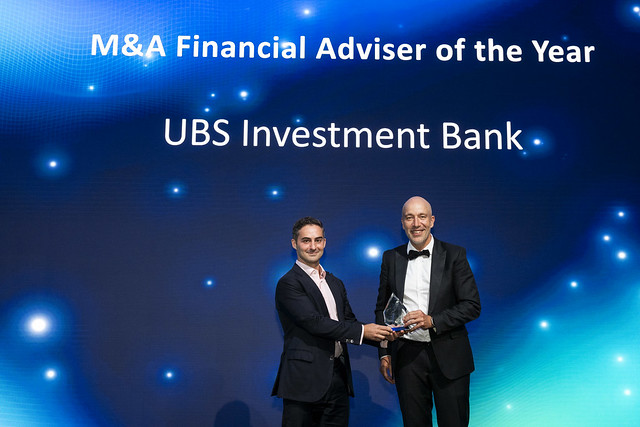SPACs are here to stay: Here’s why
A SPAC-tacular rise to prominence.
By AnsaradaThu Mar 25 2021IPO, Due diligence and dealmaking, Industry news and trends, CEO-CFO

According to EY’s quarterly IPO report, there were a record 255 special purpose acquisition companies (SPACs) created globally in 2020, worth a total of $81.5 billion US dollars. The year saw more SPAC IPOs than traditional IPOs, with SPACs making up 53% of all US IPOs. New SPACs continue to fill the pipeline, and momentum is anticipated to be strong continuing into 2021.
SPACs raise funds via IPO ahead of seeking out the target company they will bring public. Once a SPAC has raised an IPO, it usually has just two years to find an operating company to acquire. Once identified, the company is acquired and goes public (via de-SPAC transaction) in as little as 3-6 months.
This is a far cry from the traditional IPO process, where the executive team can expect to spend 12-18 months negotiating with the SEC before embarking on an extensive IPO roadshow.
Much of the groundwork that is done in the lead up to an IPO, including the intensive process of SEC registration, has already been covered by the SPAC in a simplified manner; given their structure, they can skirt the traditional IPO process. The SPAC takes care of the pre-IPO work, meaning the target company simply needs to undergo standard due diligence, negotiate terms, and slot neatly into the template that’s been built for them.
This has given renewed credibility to SPACs as a viable alternative to traditional IPOs. SPACs can provide target companies with more certainty that the transaction will close at their desired valuation, knowing that they are backed by incentivized sponsors. The price range is established early on, giving the company the confidence that comes with committed financing.
When it comes to entering the public market and raising equity capital quickly, SPACs provide a simpler alternative to IPO. The unparalleled benefits in terms of efficiency and certainty they bring may go some way to explaining why SPACs are making a serious comeback, and why we can expect to see many more of them in 2021.
Learn more about SPACs and how the traditional IPO market is evolving in our IPO checklist.
So why are they so popular?
SPACs offer a wealth of benefits to companies looking to go public without the rigmarole of a traditional IPO, including a shorter timeframe and stronger valuations. The efficiency they’ve shown in bringing companies to market has not gone unnoticed, and more and more business leaders are turning to SPAC markets for liquidity options.SPACs raise funds via IPO ahead of seeking out the target company they will bring public. Once a SPAC has raised an IPO, it usually has just two years to find an operating company to acquire. Once identified, the company is acquired and goes public (via de-SPAC transaction) in as little as 3-6 months.
This is a far cry from the traditional IPO process, where the executive team can expect to spend 12-18 months negotiating with the SEC before embarking on an extensive IPO roadshow.
Much of the groundwork that is done in the lead up to an IPO, including the intensive process of SEC registration, has already been covered by the SPAC in a simplified manner; given their structure, they can skirt the traditional IPO process. The SPAC takes care of the pre-IPO work, meaning the target company simply needs to undergo standard due diligence, negotiate terms, and slot neatly into the template that’s been built for them.
SPACs dominate headlines in 2020
Recent success stories include QuantumScape, which aims to revolutionize energy storage with next generation solid-state lithium-metal batteries for electric vehicles, and Immunovant, Inc. - a biopharmaceutical company addressing autoimmune diseases. The top 10 performing SPACs align with the most active IPO sectors: technology, industrials and healthcare accounted for 59% of all global IPOs in 2020.This has given renewed credibility to SPACs as a viable alternative to traditional IPOs. SPACs can provide target companies with more certainty that the transaction will close at their desired valuation, knowing that they are backed by incentivized sponsors. The price range is established early on, giving the company the confidence that comes with committed financing.
When it comes to entering the public market and raising equity capital quickly, SPACs provide a simpler alternative to IPO. The unparalleled benefits in terms of efficiency and certainty they bring may go some way to explaining why SPACs are making a serious comeback, and why we can expect to see many more of them in 2021.
Learn more about SPACs and how the traditional IPO market is evolving in our IPO checklist.
Modern solutions for modern dealmakers
Ansarada Deals is an end-to-end digitized solution that securely facilitates all your workflows, collaboration, preparation and execution for the best IPO outcome possible. Book a demo and be the first before it’s upcoming release.


